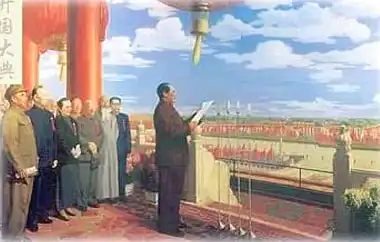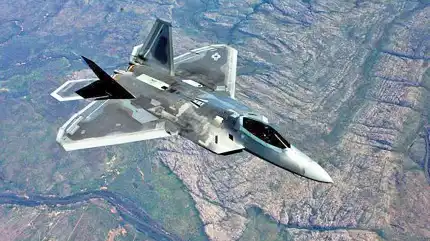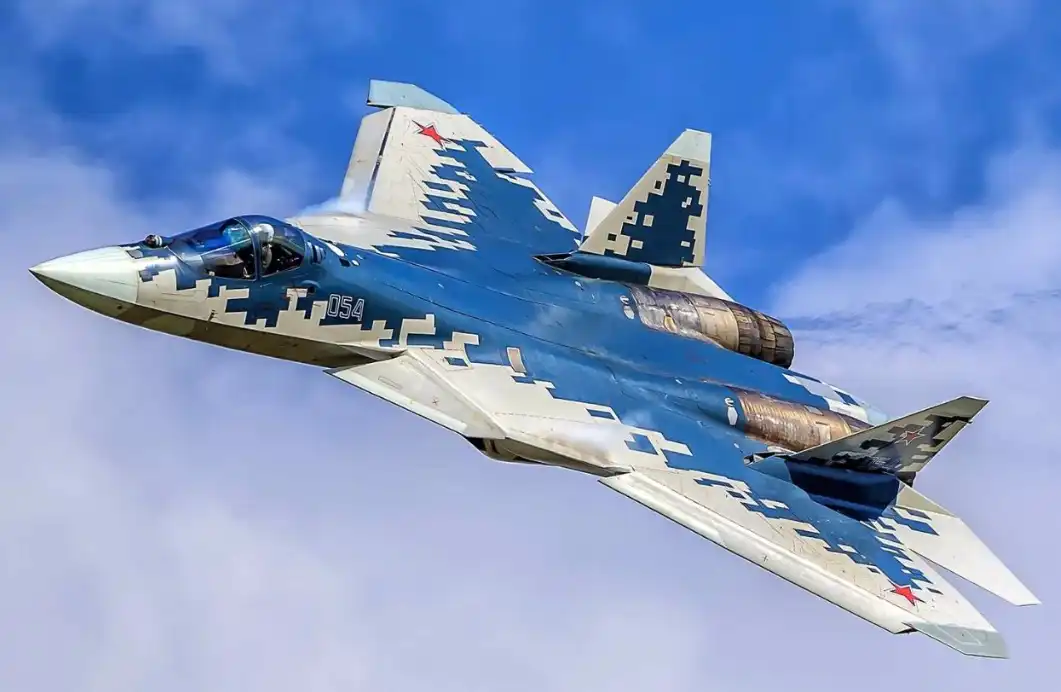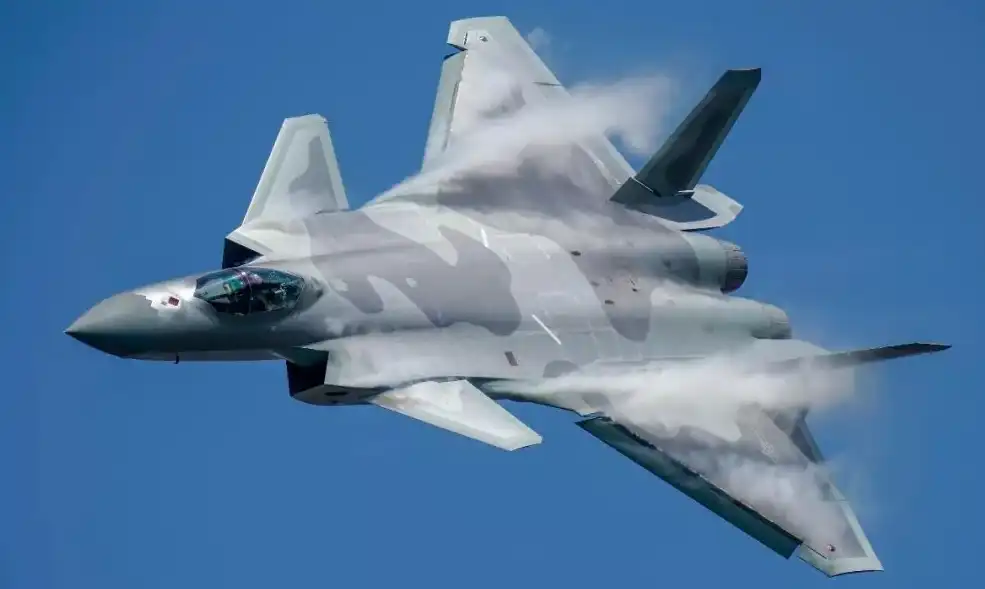Flying over the blue sky, the J-20 writes the legend of China's war eagle
In 1949, when the People's Republic of China was founded, everything was still in ruins. During the grand founding ceremony, an air echelon flew over Tiananmen Square, demonstrating the nascent military power of the new China to the world.
At that time, Premier Zhou had said:"If there are not enough planes, we'll fly twice," a phrase that both reveals the helplessness of that era and demonstrates the aspiration and pursuit of the Chinese people for air power.

Decades have passed and the skies over China are no longer void of aircraft. We now have our own aviation industry, our own fighter jets developed independently and our J-20, which we use to display China's strength to the world.
Air combat is an important part of modern warfare, and fighter planes are the core force of air combat. As one of the important indicators of fighter performance, the climbing altitude is directly related to the combat radius of the fighter, the battlefield survivability and the effect of striking the enemy.
Therefore, when comparing the fifth-generation aircraft such as the F22, Su-57, and J20, the climbing altitude naturally becomes a focus of attention.

As one of the world's first fifth-generation fighter jets to enter service, the F22 warplane of the United States is renowned for its outstanding stealth capability and supersonic cruising capacity.
Its ability to climb effortlessly to an altitude of 20,000 meters demonstrates not only its advanced engine technology but also the profound heritage the United States possesses in the field of aviation.
Despite a troubled development period, the Russian Sukhoi Su-57 fighter jet has finally gained significant attention worldwide due to its unique design and formidable capabilities.
Its climbing altitude reached 19,000 meters, although this is somewhat lower than the F22, in actual combat, this gap can be completely made up for by using tactics and strategies.

How high can China's J-20 fly? As China's independently developed fifth-generation aircraft, the J-20 is undoubtedly our pride.
Despite the currently available data showing that its maximum climbing height is 18,000 meters, which is slightly lower than the F22 and Su 57, this does not mean that the J-20 is inferior in performance.
Conversely, the J-20 has extraordinary performance in terms of stealth and information warfare capabilities. Its integrated combat capabilities are by no means inferior to any fifth-generation aircraft.

Without taking one step at a time, one cannot travel a thousand li; without accumulating small streams, one cannot form rivers and seas. This is exactly how China's aviation industry developed.
From the initial imitation to the later independent research and development, from catching up to running side by side, and then to leading the way, every step condensed the sweat and wisdom of countless scientific researchers. The birth and development of the J-20 is precisely the epitome of the rise of China's aviation industry.
And by that time, we can probably say with some pride:The aircraft is powerful enough to eliminate the need for a second flight.
In an era defined by strength, each advancement of the J-20 sends a distinct message to the world:The Chinese air force has risen, we have the confidence and the ability to defend the safety of our country's airspace.
Whether it's the F22, the Su-57, or even more advanced fighters that may appear in the future, the J-20 will use its unique charm and strength to write a Chinese legend in the sky.
